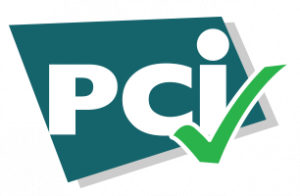
When we first begin working with a healthcare organization that is struggling to recover patient payments, our first step is to review its financial policy.
What’s so important about having a clearly defined financial policy and setting realistic expectations with your patients? Simple: Everything.
Without a defined financial and payment policy, your patients are left without an understanding of their responsibility. Quite often this can lead to frustration and feelings of dissatisfaction with your practice. A payment policy helps you get paid on time.
Communicating Your Payment Policy
People find it uncomfortable to ask for an upfront payment, especially when your team is in the business of providing care, not collecting money.
Begin by posting your payment or financial expectations for your patients online to review on their own. You might also post a summary in conspicuous public places, like in your waiting rooms, patient information packets, and upon check-in; it is up to you. Patients come to your offices and ask for care; those services should begin with clear payment and financial expectations.
It is also important to educate and empower your patient access and admission staff to ask for payment. Simple updates to their scripts can make all the difference for your bottom line. For example, never ask a patient, “Will you be paying for this today?” We hear it every day, and we know what the answer will be. “No.” Do not give them the opportunity to say no. It’s critical to kindly and assertively communicate the expectations of the patient and their responsibility to pay.
You must train your staff to create service excellence, even when sharing your financial policies. It’s also important to keep in mind that pre-service collections are a crucial part of the patient experience. These are soft skills, such as how patients are greeted upon arrival, how they are received as early as check-in, and your staff’s interactions with the patient throughout their visit.
Creating an environment that is positive and creating a win-win for your patients is crucial. How you ask the question is almost more important than what you are asking. Education is essential when training your employees and customers. Train your staff on how to ask and train your clients on what is expected of them.
performance-driving RCM insights?
What to Include In Your Payment Policy
As you craft your financial policy, be sure to avoid jargon. You want every patient to easily understand how and when to pay. Include the following in your financial policy:
- Any deductible, co-pay, or down payment requirements
- A specific payment date
- The types of payment methods you accept (checks, credit cards, etc.). In some cases, it helps to list forms of payment that are not accepted. The most successful payment policies make payment easy by including a variety of payment options to meet different patients’ needs.
- Where to send payment or how to submit it, whether that’s online, point of service, or other.
- Your contact information including the direct phone number and email of someone who handles payments
- Returns/refunds, if applicable
- Information on early payment or self-pay discounts – some organizations offer a discount to those who pay early, as an incentive to pay faster
- Your policies in the event of nonpayment
Still struggling with patient collections? Contact us to get help on overdue accounts.






